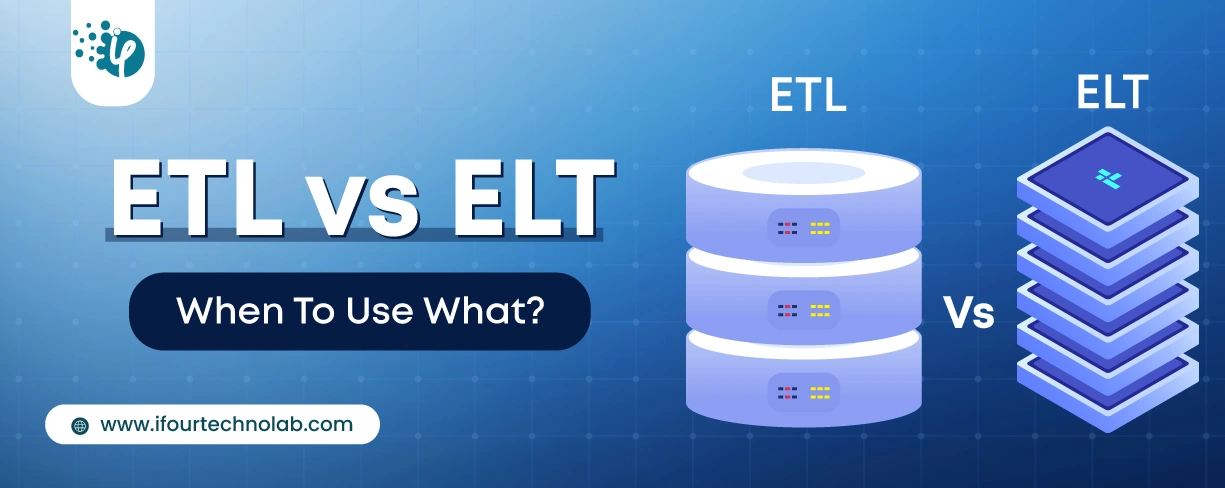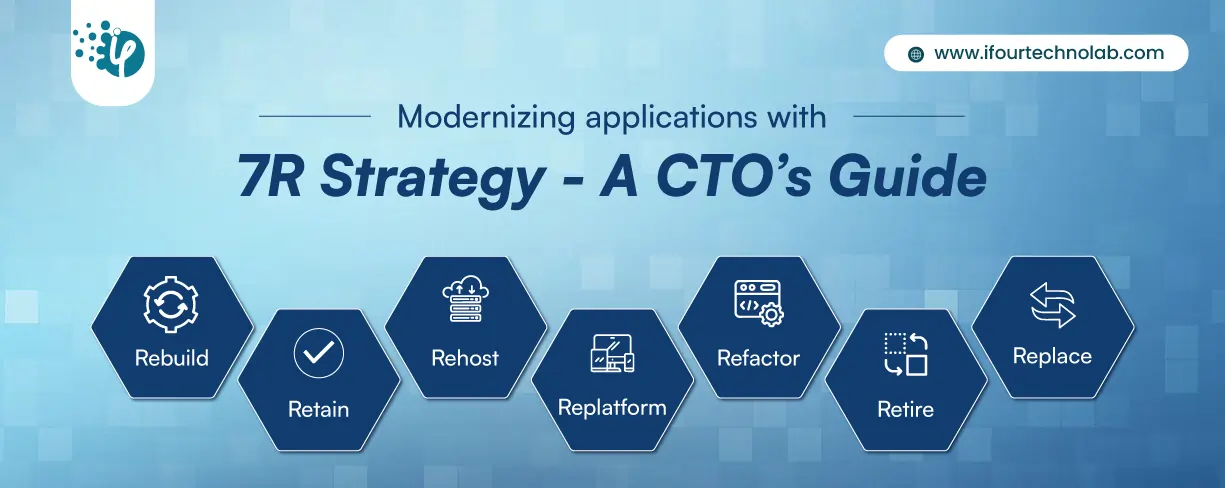How to Do Forecasting in Power BI (Steps & Accuracy Metrics)
Remember our last guide - Power BI forecasting? It revealed things that truly blocks accuracy, both structural and situational. Now it's time to take the next step. Knowing Power...
Listening is fun too.
Straighten your back and cherish with coffee - PLAY !

Back in 2008, the concept of Bitcoin started a buzz, after the white paper on Blockchain by a mysterious person called Satoshi Nakamoto was published. Blockchain was basically introduced as a novel idea, however, it soon gained a lot of attention from public and Blockchain development companies due to its uniqueness and peculiarity.
As of today, Bitcoin is the king of cryptocurrency and its primary use at the moment is that of currency. However, apart from day to day payment, we cannot harness other functionalities from Bitcoin. This is where Ethereum comes into the picture.
Blockchain technology is now being used to support applications that are beyond digital currency. Launched in 2015, Ethereum is the largest and well established open-source & decentralized application platform. It has created a lot of excitement for its programmable platform capabilities. The potential applications are wide-ranging and they run on a platform-specific token called Ether.
On the Ethereum platform, Smart contracts can be created using Solidity. In this way, it differs from Bitcoin as it lets the developer to program using solidity. Thus, Ethereum not only allows the currency to reside in it but software code as well.
Contracts in a Blockchain are the small computer programs that execute automatically when a pre-configured condition is met. Parties involved in the contractual agreement can automatically make payments as per the contracts in a transparent manner. The Smart contract exists as byte code and is executed by Ethereum Virtual Machine. Every transaction and execution of bytecode costs an ether.
Instead of directly writing a bytecode, programmer can use solidity to write smart contract.
Today, Solidity is recognized as one of the well-known premium languages that could be run on Ethereum and other private Blockchain.
Solidity is just one of several languages which can be compiled into Ethereum Virtual machine(EVM) bytecode. It runs on Ethereum node so as to process the transaction. Moreover, the most common compilers for Solidity are soIC and browser based compilers. It is a high-level programming language that is used to create contracts in Blockchain, much akin to an object-oriented language, solidity supports inheritance, libraries, and user-defined types.
Parity is a Ethereum browser which allows user to interact with the Ethereum Blockchain. It is more like an interface.
JSON is a data-interchange format in the tokenized form. We can convert any JavaScript object into JSON, and send JSON to the server or vice versa.
JSON-RPC is a remote procedure call protocol encoded in JSON (JavaScript Object Notation). It is a very simple protocol, wherein few data types and commands are defined. It allows remote execution of a function.
In JSON-RPC object is created using a method property and parameter property which contains parameters that are to be used in the functions. Information gathering field is also included so as to get response sent back from the server.
Method - A String with the name of the method to be invoked.
Params - An Object or Array of values to be passed as parameters to the defined method.
Id -It used to match the response with the request.
It is a source code editor developed by Microsoft and supports operating systems like Windows, Linux, and macOS and used by every Blockchain development company in USA
Intelligence – In addition with syntax highlighting feature, it also supports smart completion of code based on variable types, function definitions, and imported modules.
Debugging – Editor can be used to Debug the code.
Inbuilt Git Commands – It has predefined commands which makes it easier to work in Git Hub.
Extensible and Customizable – Multiple extensions are available to connect to new services like new languages, themes, Debuggers, etc.

Remember our last guide - Power BI forecasting? It revealed things that truly blocks accuracy, both structural and situational. Now it's time to take the next step. Knowing Power...

It's amazing to see how Data teams today are racing ahead - moving from traditional warehouses to cloud-native platforms, lakehouses, and real-time architectures. But in this rush,...

Think about the last time CTOs spent most of their time fixing old systems. Updates were slow, servers were expensive, and adding new features took time. Now, things have changed....